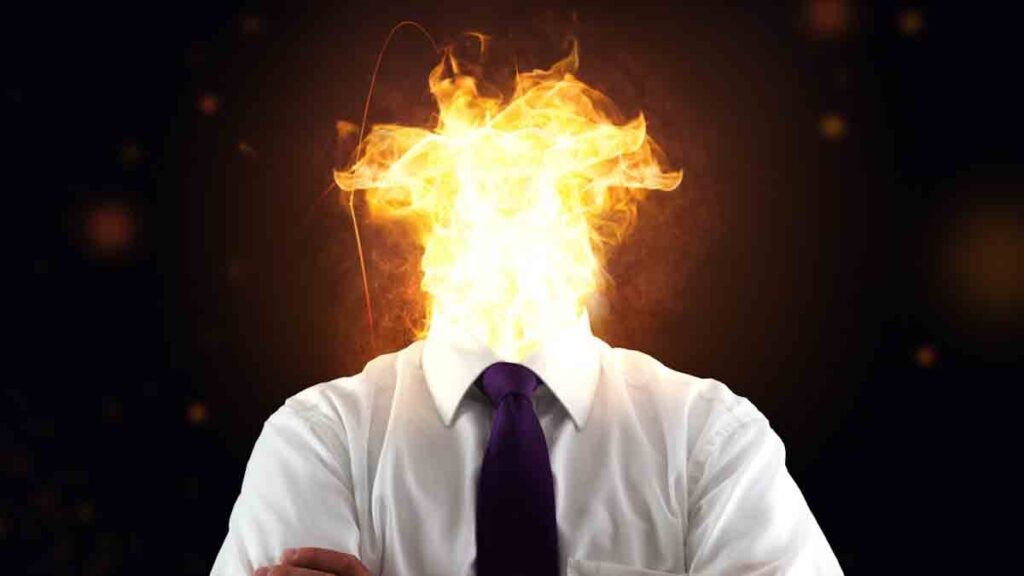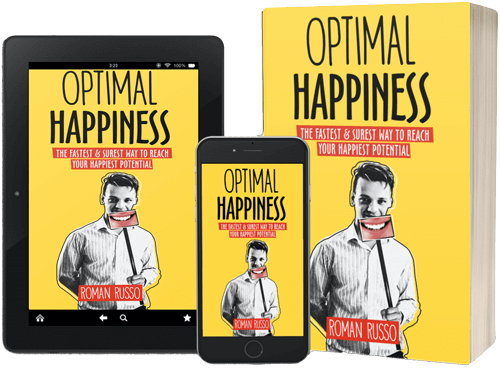
Are you feeling constantly stressed and overwhelmed? Do you feel like you can’t keep up with your work or your life? You may be experiencing burnout.
In this blog post, we will discuss burnout symptoms, causes, and treatment. We will also help you determine whether you are experiencing burnout or just stress.
What is burnout?
Burnout is a condition that can occur when someone is chronically stressed and doesn’t have enough time to recover. It can lead to:
- Physical and emotional exhaustion,
- Cynicism, and
- Decreased productivity.
Why We Should Prevent Burnout at All Cost
Burnout is a serious issue that can have negative consequences on both our professional and personal lives. Burnout often happens when we are overworked and feel like we can’t take it anymore. We may feel:
- Overwhelmed,
- Exhausted, and
- Hopeless.
Burnout can lead to:
- Headaches,
- Stomach issues,
- Chest pain
- Depression,
- Anxiety,
- Lose focus,
- Make mistakes at work,
- Job dissatisfaction,
- Feel like we’re not good enough, or
- Feel that we’re failing
This can impact our personal relationships and make it hard to enjoy activities that we used to love. It’s important to prevent burnout at all costs!
Is it stress or burnout?
It can be difficult to determine whether you are experiencing stress or burnout. The best way to tell is to ask yourself the following questions:
- Do I feel constantly stressed and overwhelmed?
- Do I feel like I can’t keep up with my work or my life?
- Am I experiencing physical or emotional exhaustion?
- Do I feel bored or unchallenged at work?
- Does my job cause me a lot of stress?
- Do I have little control over my work tasks?
- Are there personal stressors in my life that are causing me distress?
If you answered yes to most of these questions, it is likely that you are experiencing burnout.
Burnout Symptoms

Burnout symptoms can be physical, emotional, or behavioral.
Physical burnout symptoms may include:
- Fatigue
- Headaches
- Muscle aches and pains
- Upset stomach
- Difficulty sleeping
Emotional burnout symptoms may include:
- Feeling overwhelmed or constantly stressed
- Feeling like you cannot escape a problem or unpleasant situation
- Feeling cynical or negative
- Feeling disconnected from your work or life
- Experiencing a loss of motivation
Behavioral burnout symptoms may include:
- Skipping meals or eating unhealthy foods
- Withdrawing from friends and activities you enjoy
- Relying on alcohol or drugs to cope with stress
- Working long hours without taking breaks
- Feeling like you can’t say no
How to Recover from Burnout
If you are experiencing burnout, the best way to recover is to take a break. This may mean
- Taking time off work,
- Going on vacation, or
- Just taking some time for yourself to relax and rejuvenate.
It’s also important to make time for self-care. This may include taking a
- Yoga class,
- Meditating,
- Spending time outdoors, or
- Reading a book.
It’s important to find activities that make you feel relaxed and rejuvenated.
You also need to make time for fun:
- Spending time with friends,
- Going on hikes,
- Seeing a movie, or
- Just relaxing at home are all great ways to relax and have fun.
It’s also important to be patient. The road to recovery from burnout can be long, but it’s worth it in the end.
Burnout Causes
There are many causes of burnout. Some of the most common causes include:
- Working long hours,
- Waving a heavy workload,
- Being in a high-stress job, and
- Having little control over your work.
Burnout can also be caused by personal stressors, such as:
- Caring for a sick family member, or
- Going through a death or divorce.
Overall, if you love your job, you’re less likely to experience burnout than if you dread going into work every day.
The three most common types of burnout

The three most common sorts of burnout are: Frenetic burnout, Underchallenged burnout, and Worn-out burnout.
Frenetic burnout is characterized by a feeling of constantly being busy and stressed. People with this type of burnout feel like they can’t take a break or relax.
Underchallenged burnout occurs when someone feels bored or unchallenged in their work. They may feel like they are not using their skills or abilities to the best of their ability.
Worn-out burnout is the most common type of burnout and is caused by chronic stress and lack of recovery time. People who experience this type of burnout often feel exhausted and overwhelmed.
What to do if you are experiencing burnout?
If you think you may be experiencing burnout, it is important to see a doctor or mental health professional. They will be able to diagnose burnout and help you develop a treatment plan.
Treatment for burnout often includes making lifestyle changes such as:
- Getting more sleep,
- Eating healthy foods,
- Exercising regularly,
In more severe cases you may also need to make changes at work such as:
- Taking on less work
- Delegating tasks to others, or even
- Take a break from work altogether.
Last words on burnout
If you think you may be experiencing burnout, it’s important to see a doctor or mental health professional. They can help you determine whether you are actually experiencing burnout and can provide you with the necessary treatment.
If you are experiencing burnout, don’t hesitate to seek help. There are many resources available to you, including doctors, mental health professionals, and support groups. Don’t suffer in silence – there is hope for recovery!















